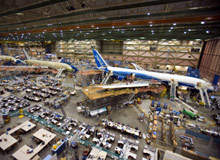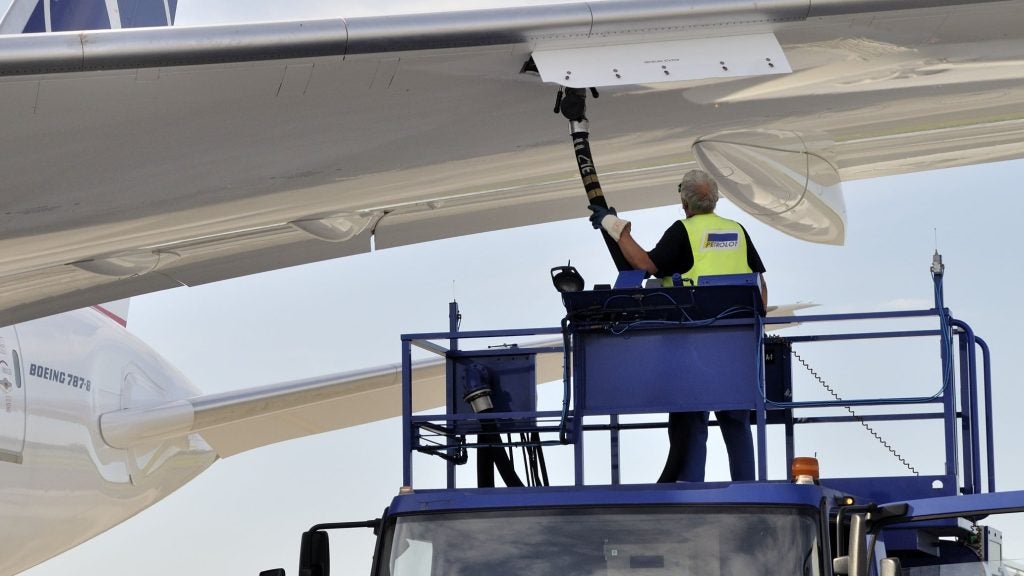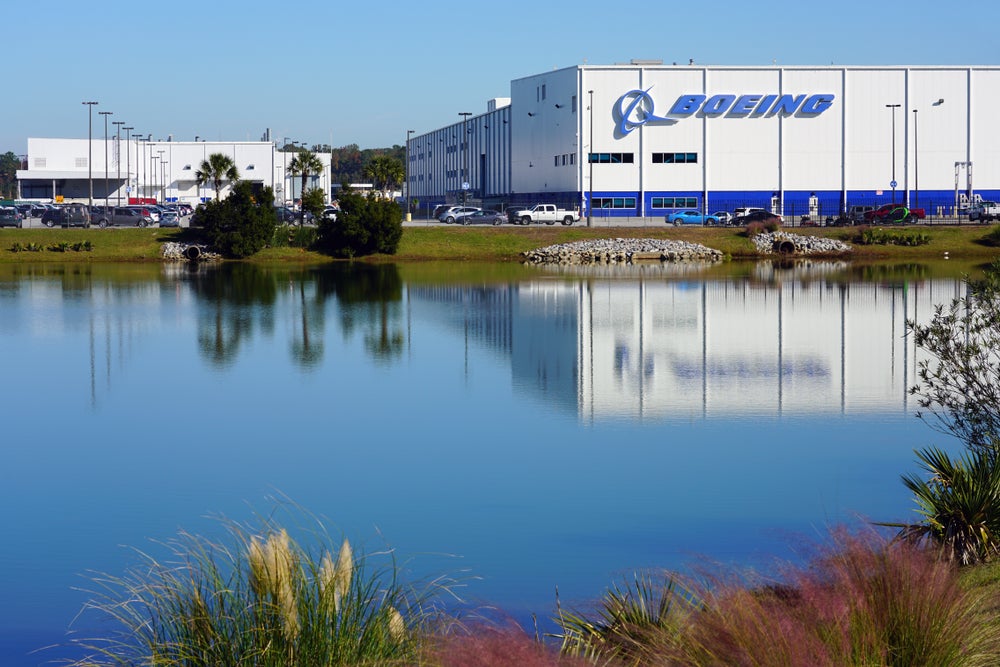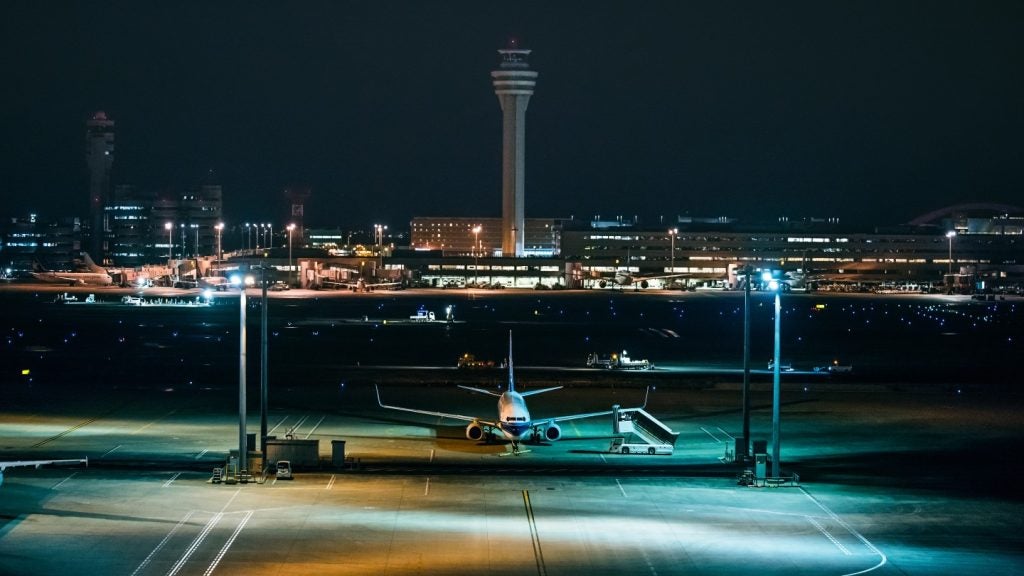
On 17 June 2009, Boeing issued a press release to celebrate the start of the final assembly of the first 787 Dreamliner for launch customer All Nippon Airways (ANA) of Japan. The occasion was marked with a traditional 'Kagami wari' ceremony, which involves breaking open a wooden 'Taru' (sake barrel) lid with wooden mallets. Had the Boeing 787 team known that just five days later they would be forced to indefinitely postpone the Dreamliner's maiden flight due to an issue with the side-of-body section of the aircraft, they may well have hung onto the alcohol for themselves.
For an aircraft already running two years behind its original schedule after encountering a total of five individual delays, it's safe to say the Dreamliner's production path has been more akin to a nightmare.
Promising a new era of lighter, more fuel-efficient aircraft, the carbon-composite Dreamliner was one of the most hotly anticipated planes in history when it was first unveiled by Boeing in 2005 to an aviation industry struggling to come to terms with soaring fuel prices.
Demand for the mid-sized, twin-engine aircraft was such that by the time Boeing hosted a rollout ceremony at its Everett assembly factory in the US on 8 July 2007, the model had become the fastest selling wide-body airliner in history with nearly 600 orders.
The latest setback, however, is likely to cause further frustration for Boeing customers, who must now patiently wait to discover the aircraft's latest delivery schedule. According to Boeing's director of communications for Europe Andrew Davis, the company hopes to make an announcement soon. "First flight and delivery will be rescheduled following the final determination of the required modification and testing plan. It will be several weeks before the new schedule is available," Davis says.
Boeing has revealed that the aircraft's structural error was identified during recent regularly scheduled tests on the full-scale static test airplane. The company claims that preliminary analysis indicated the 787 could still have made its scheduled maiden flight on 30 June, but after further testing and consideration of possible modified test plans, the decision was made to postpone the date until "productive flight testing could occur." Prior to the latest technical hitch, the aircraft was scheduled to enter into service in 2010.
How well do you really know your competitors?
Access the most comprehensive Company Profiles on the market, powered by GlobalData. Save hours of research. Gain competitive edge.

Thank you!
Your download email will arrive shortly
Not ready to buy yet? Download a free sample
We are confident about the unique quality of our Company Profiles. However, we want you to make the most beneficial decision for your business, so we offer a free sample that you can download by submitting the below form
By GlobalDataBoeing's president and CEO of Commercial Airplanes Scott Carson believes that a team of experts have already set about addressing the issue. "Consideration was given to a temporary solution that would allow us to fly as scheduled, but we ultimately concluded that the right thing was to develop, design, test and incorporate a permanent modification to the localised area requiring reinforcement," he says.
"Structural modifications like these are not uncommon in the development of new airplanes, and this is not an issue related to our choice of materials or the assembly and installation work of our team."
Weathering the storm
Teething problems are indeed justified during the development of a new aircraft – and given the tentative global financial market, perhaps even partly expected, but Boeing's list of excuses for the delayed 787 is now running sky-high. Production problems have been a particularly prominent theme; causing Boeing to revise its delivery schedule in October 2007 and then again in April 2008. Although various suppliers have played a strong role in this equation, Boeing has also experienced difficulties with its own assembly factories, not least in September 2008 when a strike at the company's Seattle-area plants over workers' contract terms caused the fourth major delay to the 787's schedule in December 2008.
Furthermore, issues with the aircraft's flight control software in September 2007 and Boeing's admission in March 2008 that it was forced to redesign and strengthen the model's centre wing box, prove the 787's technical issues are not restricted to the latest finding.
The aircraft is even starting to compare unfavourably to the notorious delivery delays of the Airbus A380. Boeing's fiercest rival was over two years late with the delivery of its next-generation aircraft and was widely criticised for a catalogue of design and production errors. Yet in spite of this, Airbus only received 20 cancellation orders from its customers – all of which were due to the indefinite suspension of the freighter version of the A380. Airbus negotiated a revised delivery schedule and compensation with its 13 customers and was not only able to retain all orders for the passenger aircrafts but in some instances add to them as well. Perhaps as a result of the vastly different financial climate, Boeing has not faired so fortunately.
Some media reports state that out of roughly 850 firm orders for the Dreamliner, Boeing may have lost as many as 73 orders so far this year – although other sources believe this figure to be closer to 45. Either way, initial customer cancellations can be traced back to August 2008, when Azerbaijan Airlines decided to become the first to break its ties with the company. A bigger blow arrived in January of this year, when Russia's fastest growing airline, S7, walked away from its order of 15 planes worth $2.4bn.
Most recently, Australia's Qantas Airways ditched an order of 15 Dreamliners – a fact that both Boeing and the airline, however, are quick to attribute to a flagging economy rather then the delays.
With the International Air Transport Association (IATA) revealing that the global aviation industry lost more than $3bn during the first quarter of 2009 and predicting a full-year loss of $9bn, such a notion seems more than plausible.
Even following the reduction, Qantas remains the joint largest airline customer for the 787 family aircraft along with ANA – the latter even going as far as increasing its order by an additional five aircraft to 55 in spite of the unspecified delivery date. Another positive for Boeing is its potential $580m purchase of the production plant that makes part of the 787's fuselage. The deal, which is expected to close in the third quarter of this year, could potentially give Boeing a stronger grasp on its supply chain.
Building for the future
While prolonged delays have brought Boeing's credibility into question, there is an inevitable feeling of ill-timing surrounding the Dreamliner, which as the first plane to be made largely of composites is still widely regarded as the future face of the industry.
Addressing shareholders at an annual meeting in Chicago during April, Boeing's president and CEO Jim McNerney admitted the company had made mistakes but issued a rallying cry for the future of the Dreamliner: "Not withstanding the difficulties we have faced, there is no doubt in our minds – and, to judge by the continuing strength of the order book, no doubt in the mind of our customers – that the 787 is the real deal: the biggest advance in commercial aviation since the 707 at the start of the jet age."
Considering that future orders for the Dreamliner far outstrip the competing A380, Boeing's confidence is not entirely misplaced. In spite of customer cancellations, the company still has around 850 firm orders for the 797, which even allowing for further cancellations compares generously to A380's total of 200 orders and about 50 options.
Ultimately, the industry is crying out for a lighter and more fuel-efficient aircraft to adapt to increasing fuel prices and a more environmentally conscious industry, and if Boeing is able to quickly revise a concrete delivery schedule and weather the financial storm, it is still not too late to fulfil its dream.






